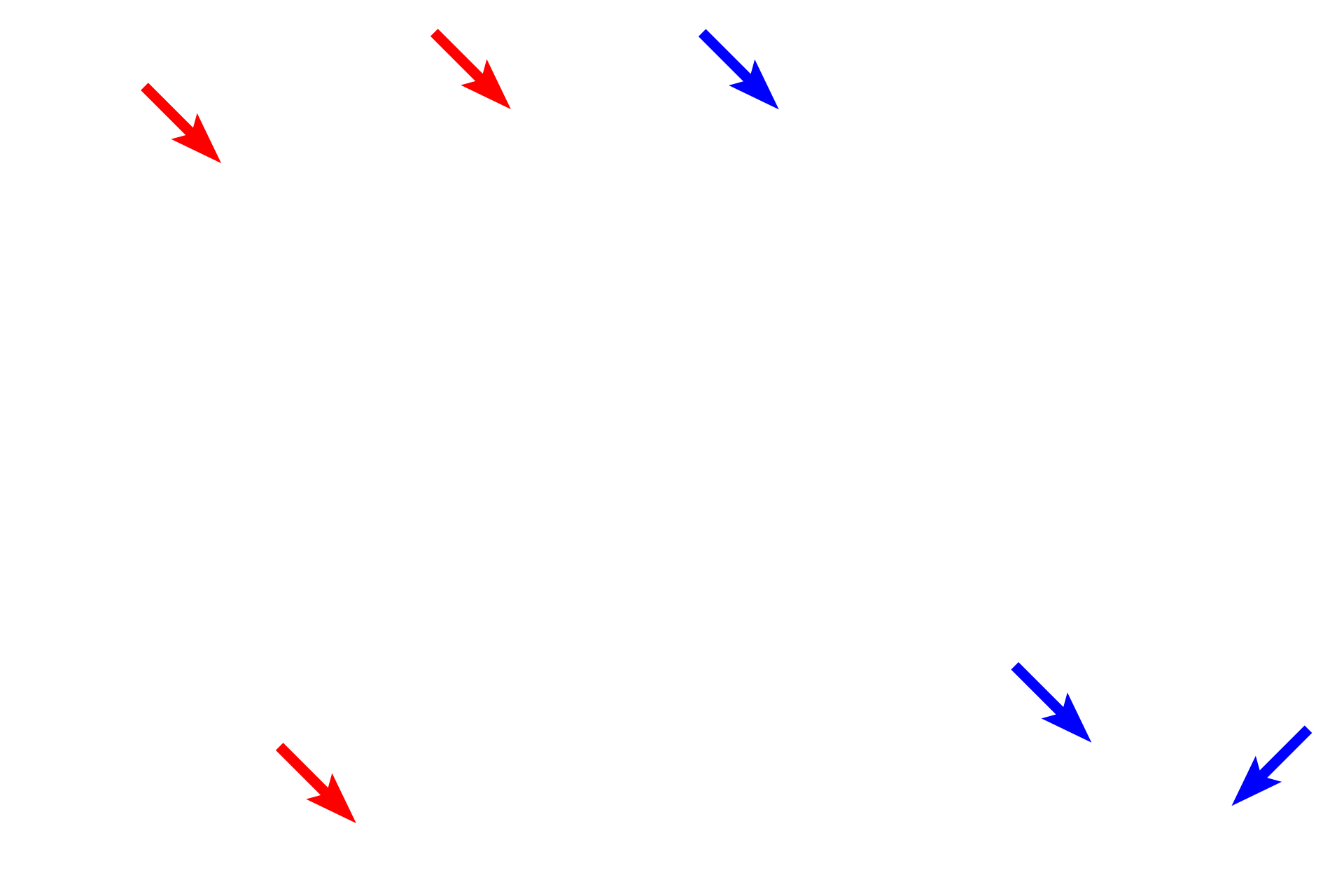
Liver: portal canals
Portal canals, located in the interlobular connective tissue surrounding classic lobules, contain the portal triad (branches of the hepatic portal vein, hepatic artery and bile duct) and lymphatic vessels. The left image (pig liver) has been stained with a trichrome stain to differentiate connective tissue from liver parenchyma. 800x, 800x

Portal canals
Portal canals, located in the interlobular connective tissue surrounding classic lobules, contain the portal triad (branches of the hepatic portal vein, hepatic artery and bile duct) and lymphatic vessels. The left image (pig liver) has been stained with a trichrome stain to differentiate connective tissue from liver parenchyma. 800x, 800x

Hepatic arteries >
The liver has a dual blood supply. The hepatic artery carries oxygenated blood. The larger hepatic portal vein supplies a much greater volume of blood that is low in oxygen but high in nutrients; this blood comes directly from capillary beds located primarily in digestive organs. Blood flows from branches of these two vessels in the portal canal into liver sinusoids and then to the central vein.

Hepatic portal veins
The liver has a dual blood supply. The hepatic artery carries oxygenated blood. The larger hepatic portal vein supplies a much greater volume of blood that is low in oxygen but high in nutrients; this blood comes directly from capillary beds located primarily in digestive organs. Blood flows from branches of these two vessels in the portal canal into liver sinusoids and then to the central vein.

Bile ducts >
Bile ducts carry bile, the exocrine product of the liver, away from the lobule to the gall bladder and duodenum. Bile is produced by hepatocytes and released into minute channels, bile canaliculi, located between hepatocytes. Bile canaliculi anastomose and enter the portal canals as bile ducts, formed by simple cuboidal epithelium. Bile flow, therefore, is toward the periphery of the liver lobule.

Lymphatic vessels >
Lymphatic vessels are also located in portal canals.

Hepatocytes >
Hepatocytes, the liver cells, are both endocrine- and exocrine-secreting cells. Their exocrine function is the production of bile, that aids in the digestion of lipids. Their endocrine function is the release of plasma proteins into the blood stream. Hepatocytes are also involved in a myriad of other functions, including storing and mobilizing glucose, and degrading toxic substances.

Liver sinusoids >
Sinusoids, discontinuous capillaries, are located between cords of hepatocytes. Bidirectional exchange between the blood and the hepatocytes occurs as sinusoids transport blood from the hepatic portal vein and portal artery toward the central vein. A sinusoid is visible exiting from the portal canal in the lower right portion of the left image.